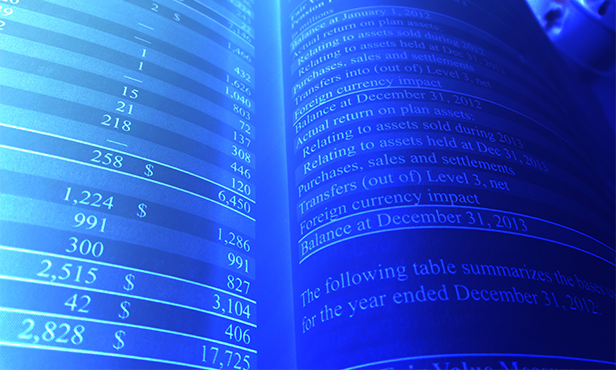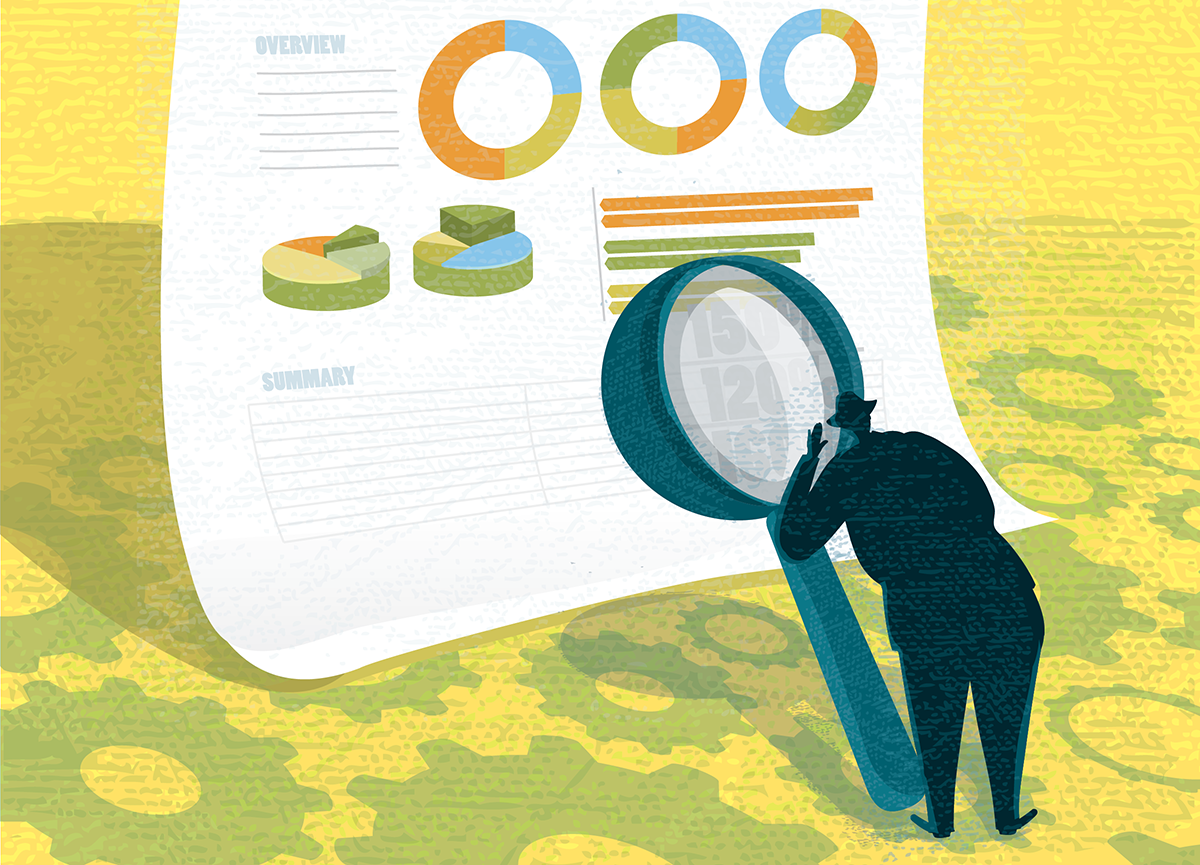
For year-end public company filers, the deadline to implement the new lease-accounting standards (ASC 842 in the U.S. and IFRS 16 internationally) is January 1, 2019—less than 60 days away. Most companies have been focused on collecting all the necessary lease data to achieve compliance, but that is only one piece of a successful transition. For those nearing implementation, here are 11 key issues to consider in the last 60 days:
1. Accounting Policies, Elections, and Transition Strategies
To adopt the lease-accounting standards, an organization will need to update policies—for example, establishing policies for how to define asset classes and classification thresholds. It will also need to elect practical expedients and define its transition strategy.
There are several practical expedients companies can select to ease the transition to the new standard, although they should first evaluate the pros and cons of each. Some of these practical expedients—like the “package of three”—must be applied to the entire lease portfolio, while others—like the option not to separate lease and non-lease components—can be applied by asset class. Companies must consider how each of these expedients will impact their lease portfolio and other financial metrics. In addition, companies that report under both IFRS 16 and ASC 842 will need to consider the differences between the practical expedients offered under the two standards.
2. Business Process Readiness
Even once companies achieve compliance, they will need to ensure they have the business processes in place to maintain compliance into the future. At a minimum, the future-state processes should include methods to:
- Capture new leases. New leases will need to be documented in the leasing system of record as they are signed. Missing a large real estate lease or sale-leaseback transaction could be material, which would raise issues around completeness with external auditors. This could lead to a lot of prior-period adjustments and manual rework for the accounting team.
- Document changes to leases. Leases can undergo changes throughout the term, some of which may need to be documented for accounting purposes. For example, certain causes of a payment change can result in a reassessment and remeasurement of the asset and liability value.
- Manage the end of term. The new accounting standards require companies to use the “reasonably certain end-of-term decision” when calculating the lease term. However, sometimes business circumstances will change, leading the organization to adjust its plans to renew, terminate, or buy out the lease. The standards actually require companies to reassess the end-of-term decision after certain triggering events, such as a large investment in a real estate property, as those scenarios could cause companies to change their initial decision.
3. Organizational Readiness
In the past, leasing has been a decentralized process with business units and locations around the globe making their own judgments and decisions. However, in order to achieve compliance with the new lease-accounting standards, many organizations have realized they will need to manage leasing centrally.
As a result, some organizations have started to set up leasing centers of excellence (COEs). The center of excellence is responsible for performing lease accounting and, in some cases, lease administration. The company first needs to determine the mix of functional groups that will be a part of the COE, then begin hiring additional personnel as needed. Alternatively, some companies may choose to outsource lease management to a third party.
Although it's certainly a step in the right direction, a leasing center of excellence cannot maintain compliance with the new standard on its own. Compliance requires a cross-functional effort and the collaboration of stakeholders across the business. For example, the corporate real estate group will need to report any changes to leased real estate assets. Functions like IT and fleet management will need to do the same for equipment assets. And regional accounting groups need to understand their roles in relation to the work of the leasing center of excellence.
4. Data Readiness
For most companies, collecting data has been the most challenging part of implementing the new lease-accounting standards. While many organizations are near the end of this phase of the project, there are still important considerations for the last 60 days. Companies should focus on identifying the lease data that has not yet been abstracted and creating an action plan to expedite the collection effort. They should consider reaching out to landlords or the leasing companies for copies of any missing leases. It may also be necessary to dedicate more resources to data abstraction or to escalate issues to senior leadership if certain business units or regions are not cooperating.
5. System Readiness
Many organizations have already selected lease-accounting software and are busy implementing the system. Companies should work closely with their lease accounting software vendor to understand the vendor's plan for completing critical functionality and performing quality assurance testing. It's also a good idea to understand the timing of the vendor's SOC 1 and/or SOC 2 audit processes and how those processes align with internal and external audit cycles.
Consider how journal entries will be uploaded to the general ledger and how to sync leased-asset data between the lease-accounting system and asset management systems like IT, fleet, and real estate. While many companies will not have time to integrate their lease-accounting system with other financial systems by the deadline, they will still need to develop temporary processes to keep the data in sync.
If an organization is not able to fully implement the software by the effective date, it will need to handle the gaps using temporary transitional processes. Companies should determine which processes it will need to handle outside of the lease-accounting system in the short term, as well as what tools it will need to manage those processes until they can be handled within the lease-accounting system.
6. Accounting Testing and Validation
An important part of the transition is testing the accuracy of the accounting coming out of both lease-accounting systems and manual processes. Slightly different use cases can dramatically change the accounting output, so organizations should run through as many test scenarios as possible before the transition. Consider, for example:
- Variable rents. Leases can be fixed-rent, variable-rent, or both. Test a mix of scenarios at various payment frequencies and currencies. Also test for variables like interim rent, initial direct costs, lease incentives, security deposits, and asset retirement obligations that impact the rent.
- Modifications and reassessments. Changes that occur during the lifecycle of the lease can cause a modification or reassessment. Test a mix of scenarios in which the lease undergoes a modification, reassessment, or remeasurement during the lease term.
- End of term. Lease contracts may allow for a variety of different end-of-term options, each of which creates a different accounting output. For real estate, those options could be a renewal, expansion, termination, or month-to-month holdover. For equipment, they could include full or partial renewals, buyouts, returns, and month-to-month evergreen payments.
7. Training Programs
All the personnel involved in lease-accounting processes will need to be trained on their responsibilities. If the company develops a center of excellence, that group will handle the lease accounting and potentially some lease administration duties, so COE staff will need to know all the details of the new standard, as well as how to use the lease-accounting software. Even so, corporate functions including procurement and treasury will be involved in capturing information on new leases, so staff in those groups will need to learn how to identify leases and embedded leases. Real estate and equipment asset owners will be responsible for reporting any changes in leased-asset data, so those staff will need to be trained on what asset changes could have an accounting impact.
8. Audit Readiness
ASC 842 and IFRS 16 require right-of-use assets and lease liabilities to be reported on the corporate balance sheet, which will necessarily lead to increased auditor scrutiny. Companies need to implement controls that will satisfy auditor concerns about:
- To prove existence, the company needs processes for confirming, at period end, that all existing contracts and individual leased assets are accounted for, and that no terminated leases are still being reported.
- To capture new leases, organizations should consider putting controls around who in the company can enter new leases, and under what business scenarios.
- The company will need controls for managing and documenting activity around leased real estate and equipment assets. For example, there should be processes for assigning responsibility of assets to certain entities, geographies, departments, business units, and cost centers.
9. Board and Executive Communications
As the lease-accounting implementation deadline gets closer, the CEO, CFO, internal board, and audit committees will need to be aware of the status of the project. The project team should keep these groups apprised of impacts to financial metrics and key performance indicators (KPIs), risks to on-time completion of the implementation, and risks to compliance that external auditors have identified.
Ratings agencies, institutional investors, debt holders, and any other users of the corporate financial statements should also be informed of any ways in which the new lease-accounting rules might impact the organization's KPIs and financial statements, so that they're not surprised on the effective date.
10. Presentation and Disclosures
Organizations need to understand the new standards' presentation and disclosure requirements. These include qualitative and quantitative disclosures, in addition to the right-of-use assets and lease liabilities on the balance sheet.
There are also disclosures required prior to the effective date, like the SEC's SAB 74 disclosures, which provide insight on the progress of the implementation project as well as the anticipated impact to financial statements. Some organizations may also have frozen-GAAP requirements to continue reporting in ASC 840/IAS 17 to support debt covenants, insurance contracts, or regulatory requirements. This will require maintaining ledgers for the old standards as well as the new ones.
11. Other Business Impacts
The effect of the standards will not be limited to the balance sheet. Loan covenants, access to credit, and even corporate leasing strategy may be impacted. At many companies, the treasury team will need to take the lead on resolving outstanding issues in these areas.
For large companies, the new accounting standards will add millions of dollars' worth of assets and liabilities to the balance sheet. The influx of liabilities will cause many organizations to revisit their existing loan covenants. If it hasn't done so already, the treasury group will need to analyze all current loan covenants and discuss any issues with the company's lenders.
The increase in liabilities on the corporate balance sheet may also make it more difficult for the company to gain access to credit in the future. At most companies, treasury will need to communicate with the organization's current creditors about how their decision process may change after the new standard. Many ratings agencies have already taken operating-lease liabilities into account, so the added liabilities may not be a significant change from their perspective. However, many companies are discovering that their actual lease liabilities are higher than they previously thought, which means that ratings agencies may have also been underestimating the business's total lease liabilities.
Keeping these impacts in mind, treasury will have to define the company's future leasing strategy. Lease-vs.-buy analyses will be crucial for all big-ticket asset requests. While the advantages of leasing will stay the same, the new requirement to report leases on the balance sheet could make leasing less attractive for treasury organizations.
At the same time, though, pulling leases onto the balance sheet also opens the door for treasury to use leasing as a hedging tool for interest rate and foreign exchange risk. The standard introduces both pros and cons, and ultimately the treasury function will be a key player in defining the organization's future leasing strategy.
Less Than 60 Days to Complete the Implementation
Most organizations still have a lot of work to do before the effective date of the new standard, and they will likely have to prioritize some tasks over others. However, focusing on these 11 issues will be crucial as the deadline closes in. A lack of attention to these issues now could cause more serious problems down the line that will end up costing companies even more time and money.
 Michael Keeler is the CEO, president, and founder of LeaseAccelerator. An expert in lease accounting and administration, he has been the primary force behind the growth and vision for LeaseAccelerator since 2003. Michael has more than 20 years of experience building software businesses. Prior to joining LeaseAccelerator, he was the president of Onmark Corporation and founder of both DataZen and Ecologic Corporation.
Michael Keeler is the CEO, president, and founder of LeaseAccelerator. An expert in lease accounting and administration, he has been the primary force behind the growth and vision for LeaseAccelerator since 2003. Michael has more than 20 years of experience building software businesses. Prior to joining LeaseAccelerator, he was the president of Onmark Corporation and founder of both DataZen and Ecologic Corporation.
© Touchpoint Markets, All Rights Reserved. Request academic re-use from www.copyright.com. All other uses, submit a request to [email protected]. For more inforrmation visit Asset & Logo Licensing.



